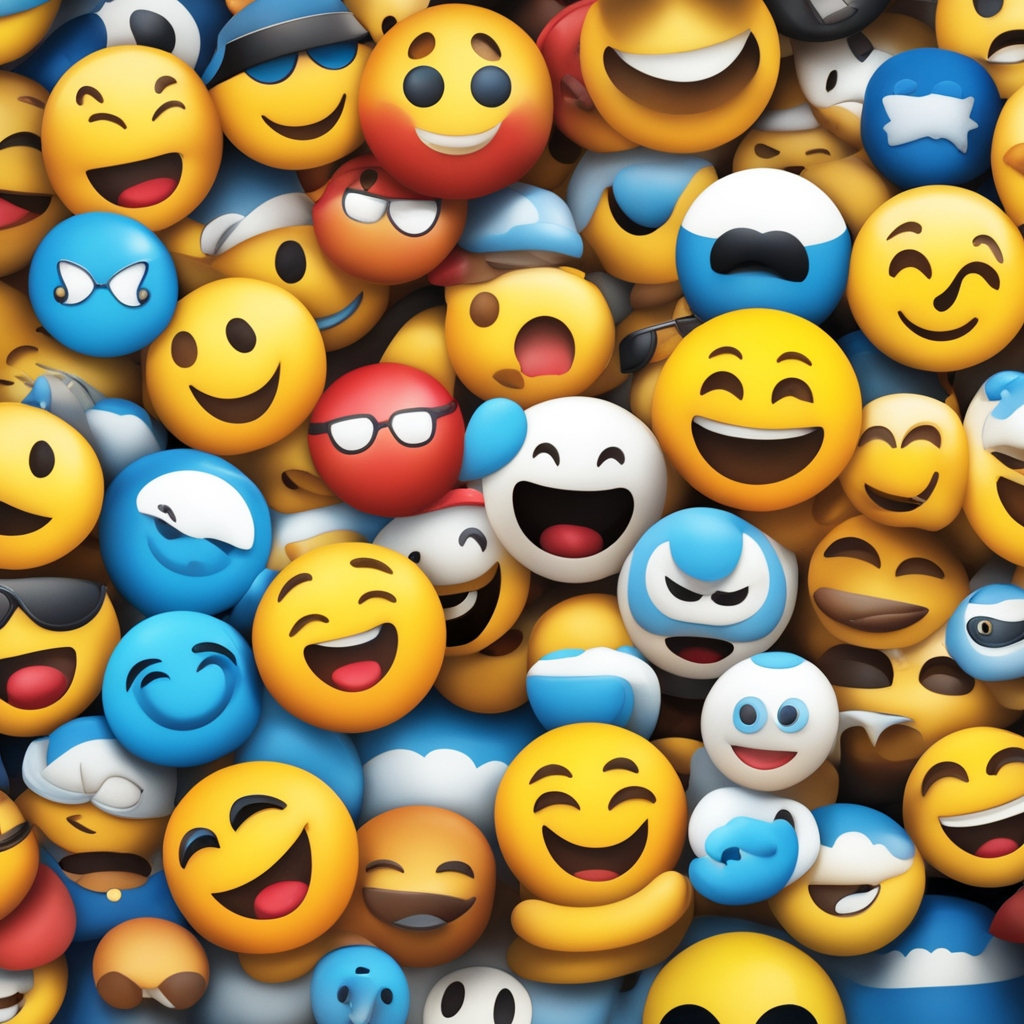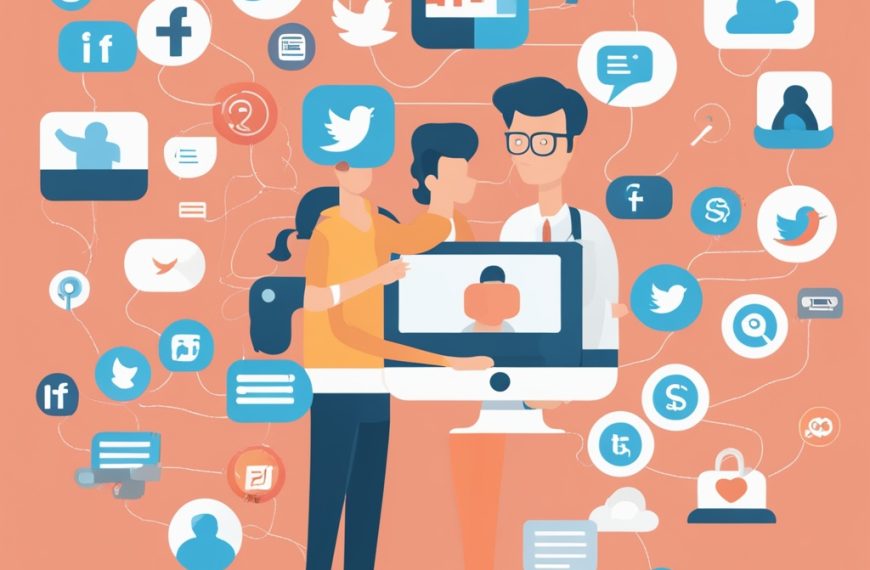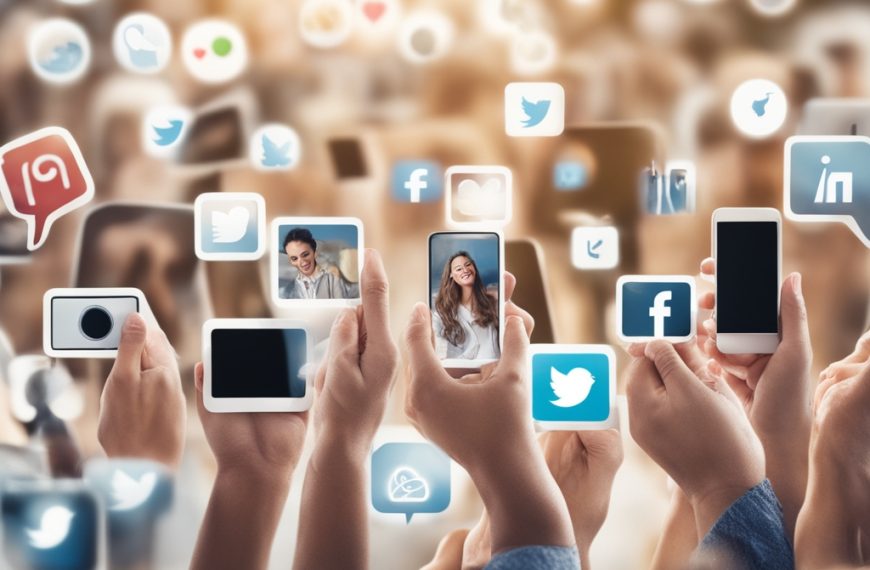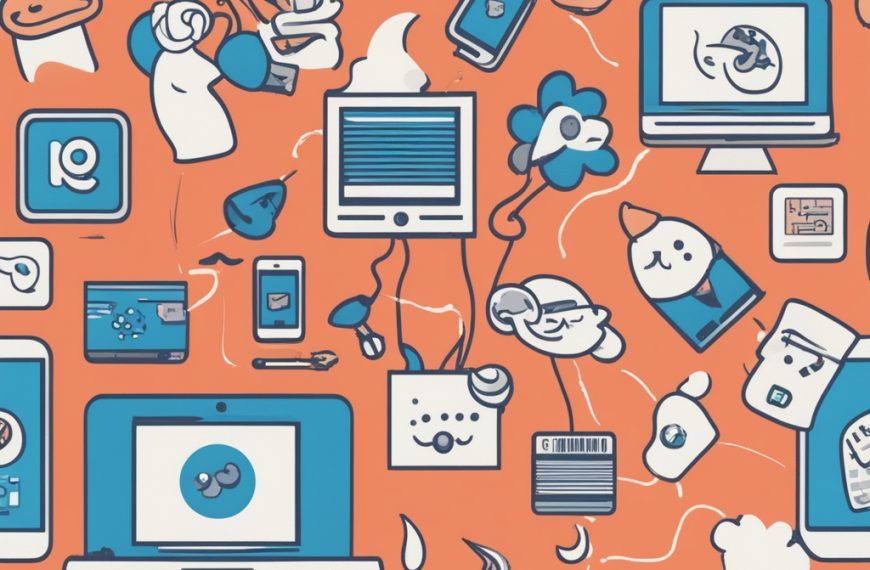Emojis have become an integral part of digital communication, particularly on social media platforms. These small, expressive icons help users convey emotions, add context to messages, and enhance engagement. With the rise of visual communication in the digital age, emojis serve as powerful tools for brands, influencers, and individuals alike to express themselves more effectively. This article explores the significance of emojis in social media communication, their impact on engagement, and best practices for their use.
The Rise of Emojis in Digital Communication
Emojis originated in Japan in the late 1990s and have since evolved into a universal language. Today, there are thousands of emojis covering various emotions, objects, and activities. Social media platforms like Facebook, Instagram, Twitter, and WhatsApp have widely integrated emojis, making them an essential part of online interactions. Studies indicate that social media posts and messages containing emojis receive higher engagement rates than those without.
Why Emojis Matter in Social Media Communication
1. Enhancing Emotional Expression
Text-based communication lacks the non-verbal cues present in face-to-face interactions. Emojis help bridge this gap by conveying emotions such as happiness, excitement, sarcasm, or sadness, which may otherwise be misinterpreted.
2. Boosting Engagement
Posts, comments, and messages with emojis tend to receive more likes, shares, and comments. Research has shown that social media posts with emojis can increase engagement by up to 48% compared to plain text.
3. Strengthening Brand Identity
Brands often use specific emojis as part of their digital branding strategy. Consistently using relevant emojis helps establish a recognizable brand personality and makes content more appealing and relatable to the audience.
4. Encouraging Audience Interaction
Social media marketers use emojis to prompt reactions and interactions from their audience. Platforms like Facebook even incorporate emojis in their reaction buttons, allowing users to respond with emotions like love, laughter, surprise, sadness, or anger.
5. Simplifying Communication
Emojis help in reducing wordiness and making messages more concise while still conveying the intended meaning. For instance, a simple thumbs-up (👍) can replace the phrase “I agree,” making conversations more efficient.
Best Practices for Using Emojis in Social Media
1. Know Your Audience
Different demographics respond to emojis differently. While younger audiences tend to use and appreciate emojis more, professional or older audiences may prefer minimal emoji usage. Understanding your audience’s preferences helps ensure effective communication.
2. Use Emojis to Complement, Not Replace, Text
While emojis enhance communication, they should not completely replace words. Overuse of emojis can lead to confusion and may make messages appear unprofessional or difficult to understand.
3. Ensure Context Appropriateness
Not all emojis have universal meanings. Some symbols may have different interpretations across cultures or subgroups. It’s important to understand the cultural context before using certain emojis in communication.
4. Maintain Brand Consistency
Brands should create guidelines on emoji usage to maintain consistency. Choosing a set of frequently used emojis can help establish a brand’s tone and personality in social media communication.
5. Avoid Overuse
Excessive emoji usage can clutter messages and make them appear less serious or professional. Striking the right balance is key to maintaining readability and clarity.
The Future of Emojis in Social Media
As technology evolves, emojis will continue to play a crucial role in digital communication. The introduction of animated emojis, augmented reality filters, and AI-generated emoji responses will further enhance user interaction. Additionally, with the rise of personalized emojis, such as Bitmoji and Apple’s Memoji, users will have more ways to express themselves authentically on social media.
Emojis have transformed social media communication by making it more engaging, expressive, and interactive. Whether used in casual conversations or brand marketing, emojis help bridge communication gaps and strengthen online interactions. By understanding their significance and using them strategically, individuals and businesses can enhance their digital presence and create more meaningful connections with their audience.




